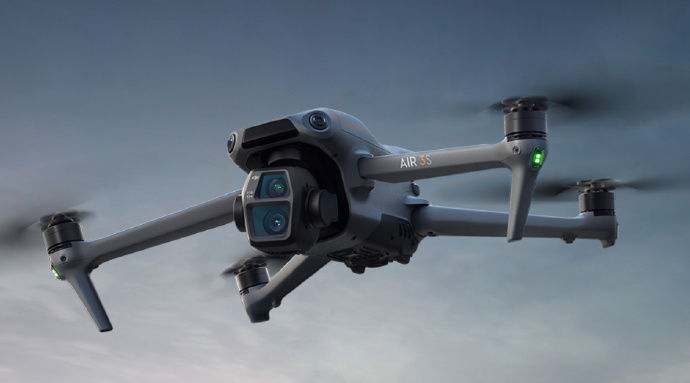The realm of aerial exploration has been significantly transformed with the advent of VR Drone technology. This innovative approach combines the immersion of virtual reality with the dynamic capabilities of drone technology, providing enthusiasts and professionals alike with unprecedented access to the skies. As we delve into the world of VR drones, we’ll explore their applications, benefits, and the future they hold for aerial exploration.
Understanding VR Drones
At the core of VR drone technology is the integration of real-time flight with immersive virtual reality experiences. A VR drone typically includes cameras that can transmit live video feeds, allowing users wearing VR headsets to experience a bird’s-eye view from the drone’s perspective. This setup offers a unique and interactive way to explore landscapes, conduct inspections, or simply enjoy a flying experience.
The Evolution of Drone Technology
The journey of drones from simple remote-controlled devices to sophisticated machines equipped with VR capabilities is fascinating. Initially, drones primarily served niche markets such as aerial photography and surveillance. With advancements in technology, including VR integration, drones have now breached barriers and entered mainstream markets, offering exciting possibilities like never before.
Applications in Various Industries
VR drones are not limited to recreational use; they have found applications across multiple industries. In agriculture, they assist farmers in monitoring crops and analyzing field data with enhanced precision. In construction, VR drones are utilized for site inspections, providing builders with accurate measurements and insights. The entertainment industry also benefits, with filmmakers employing drones to capture stunning aerial shots from unique angles, enriched further by VR technology.
Benefits of VR Drone Technology
- Enhanced Exploration: With VR drones, users can explore areas otherwise inaccessible, such as cliff faces or dense forests.
- Improved Safety: They allow for maintaining distance from hazardous environments during inspections or surveys.
- Efficient Data Collection: Drones equipped with VR technology streamline data gathering processes, reducing time and resource expenditure.
The Future of VR Drones
Looking forward, VR drones are set to revolutionize more industries and create new opportunities for innovation. The development of better hardware, such as higher resolution cameras and more adaptive VR headsets, will further enhance user experience and expand the potential applications of this technology.
FAQs About VR Drones
- What is the range of a VR drone?
- VR drones typically have a range between 1 to 7 kilometers, depending on the model and environmental conditions.
- Are VR drones suitable for beginners?
- Yes, many VR drones are designed with beginner-friendly features including automated flight modes and intuitive controls.

As technology continues to evolve, the intersection between virtual reality and drone technology promises to offer an exciting horizon for aerial exploration, pushing the limits of what we can achieve from above.